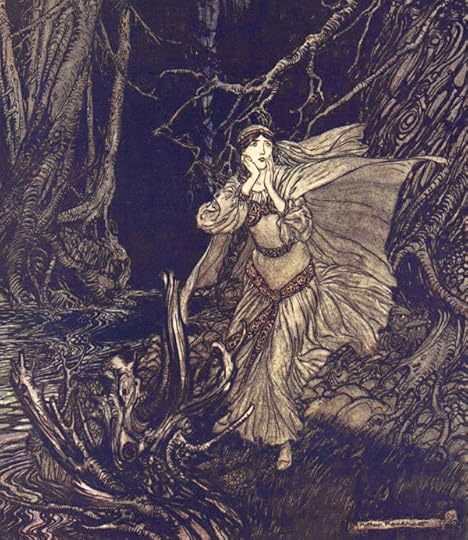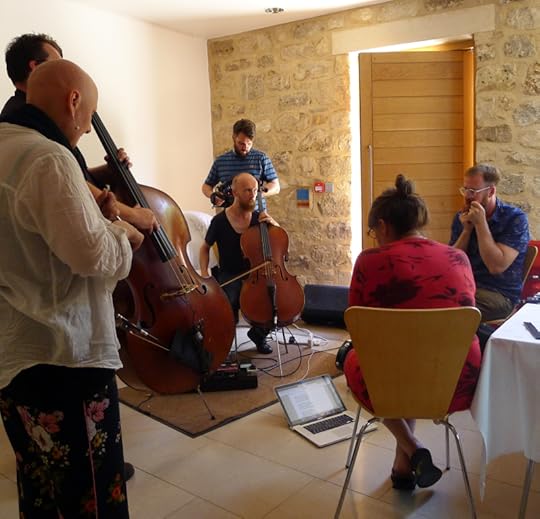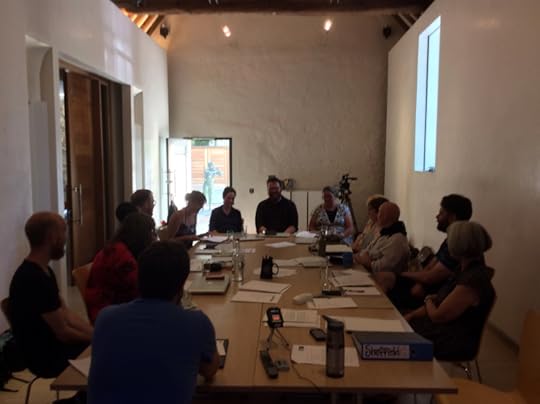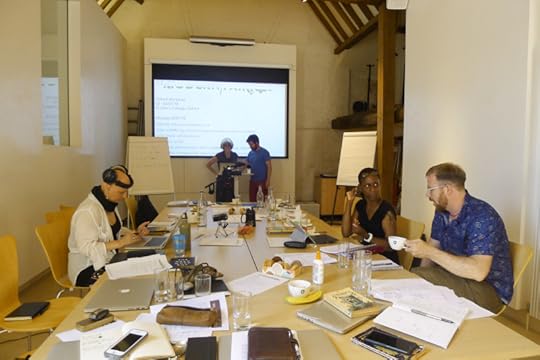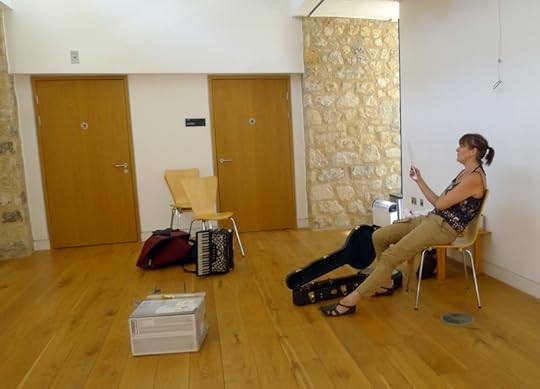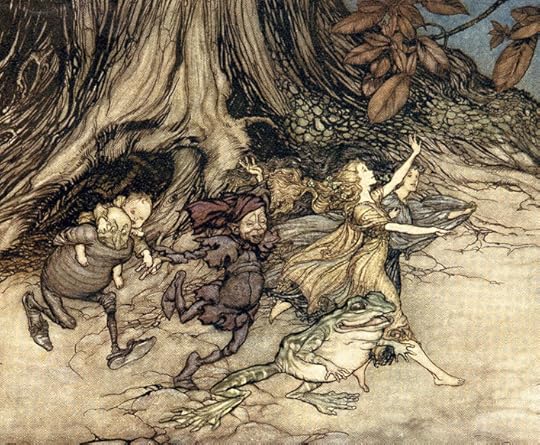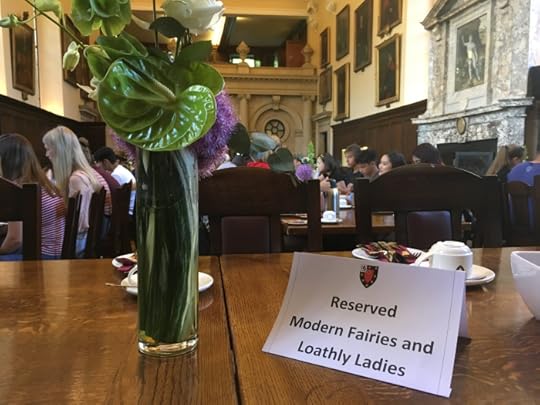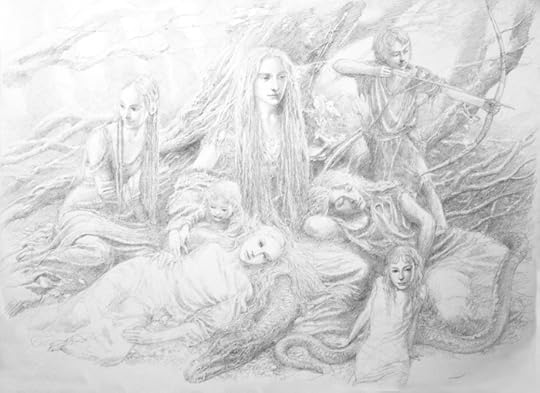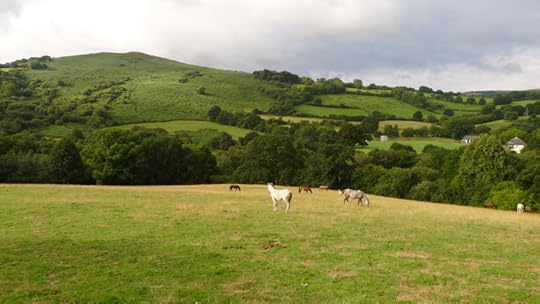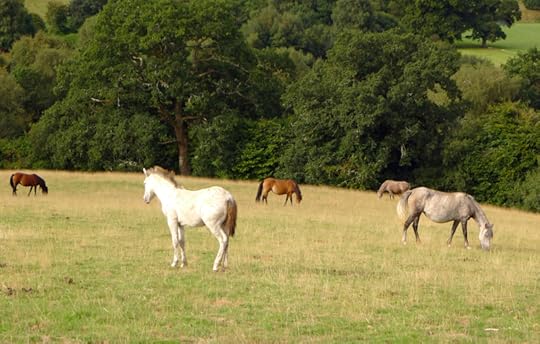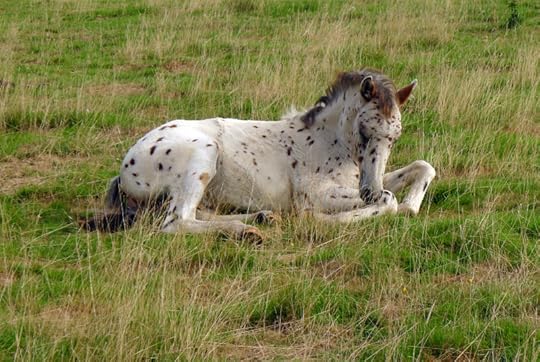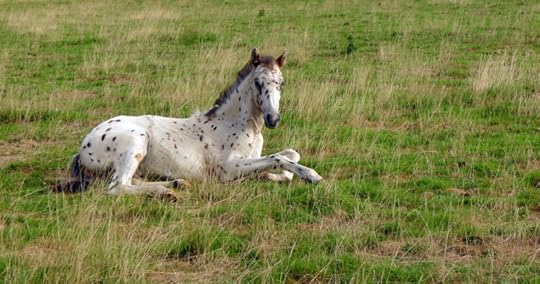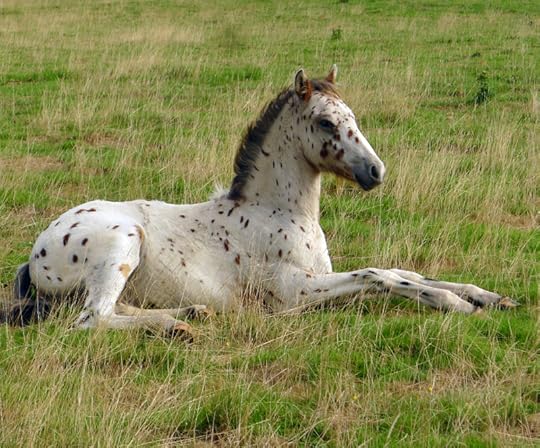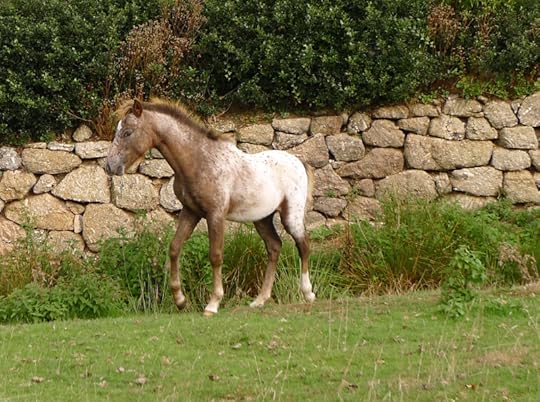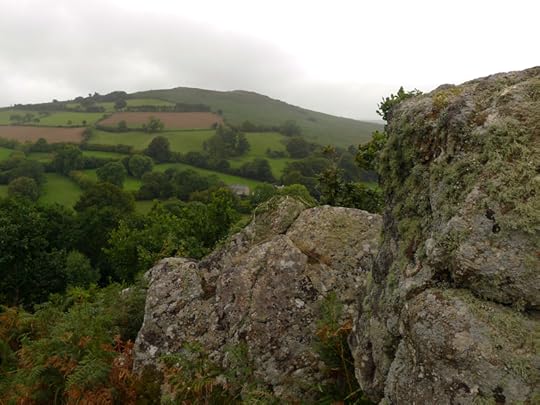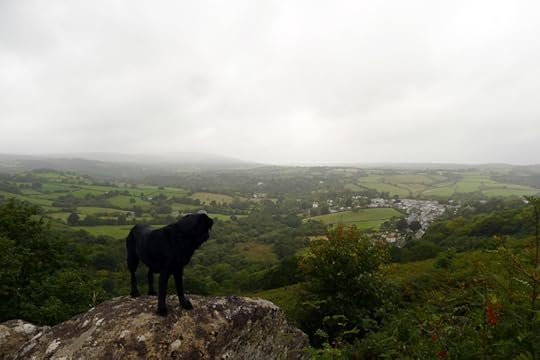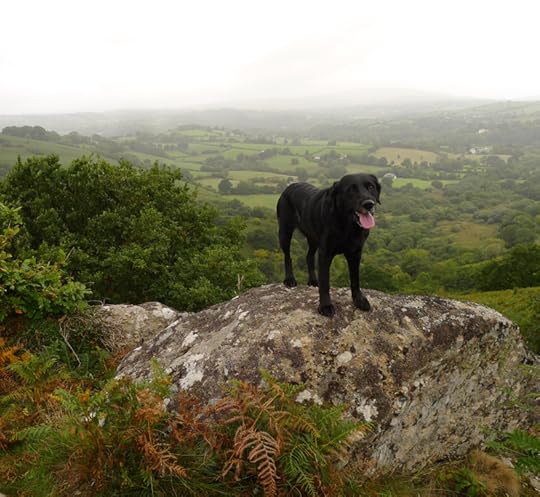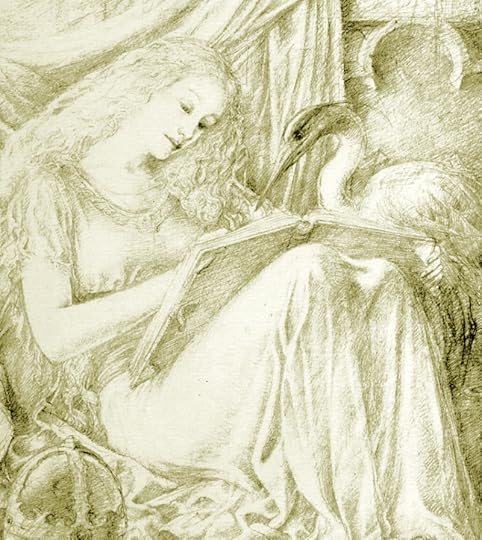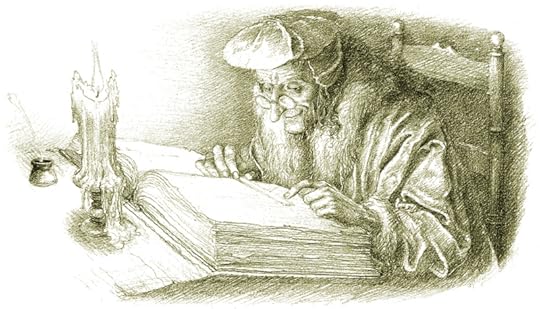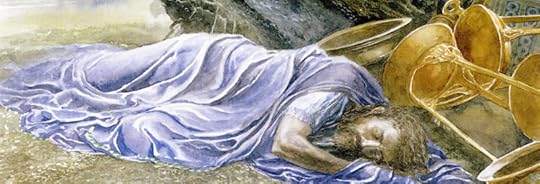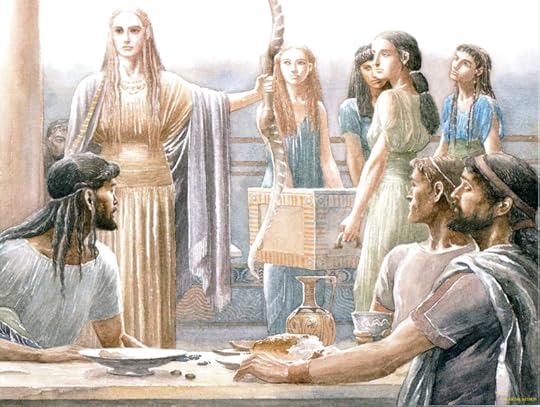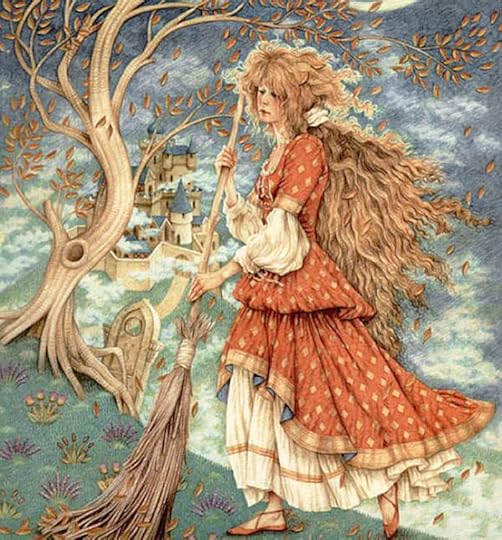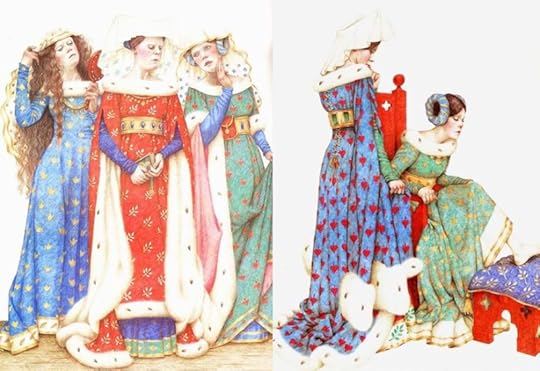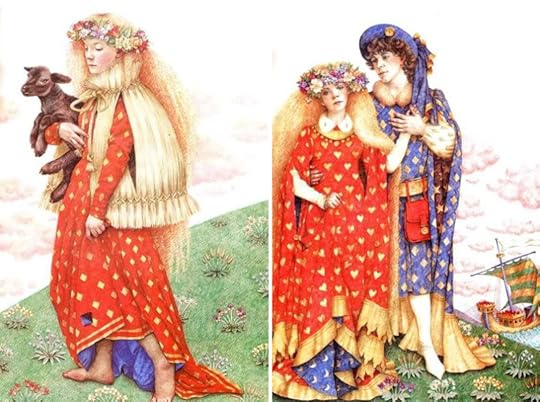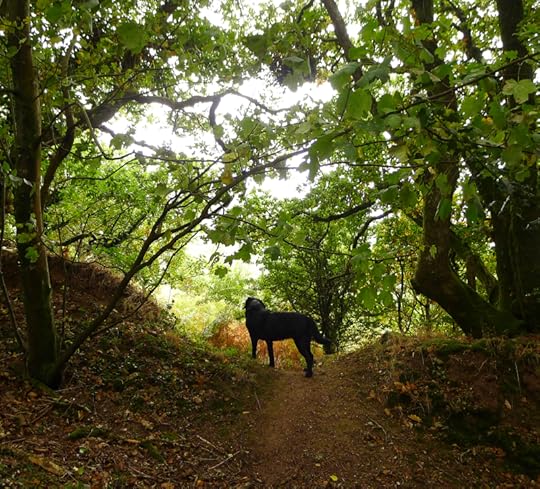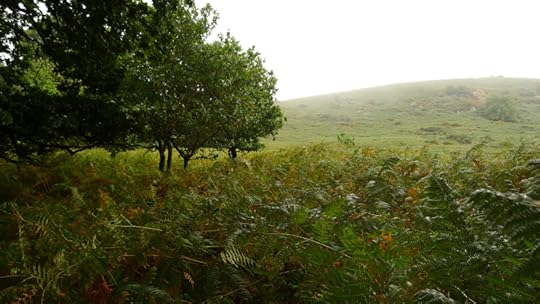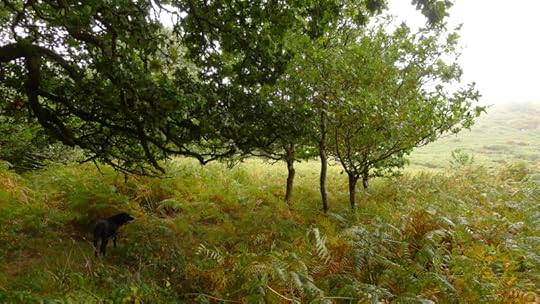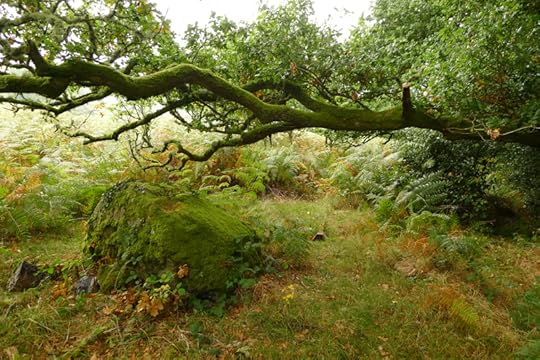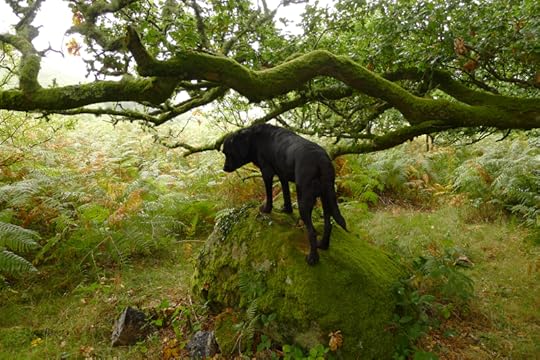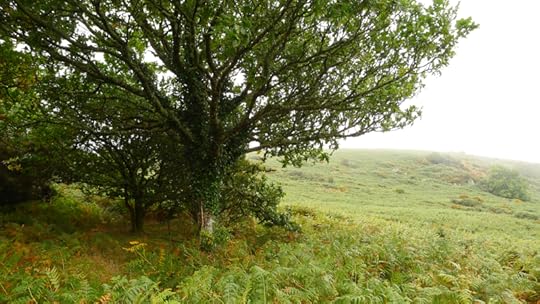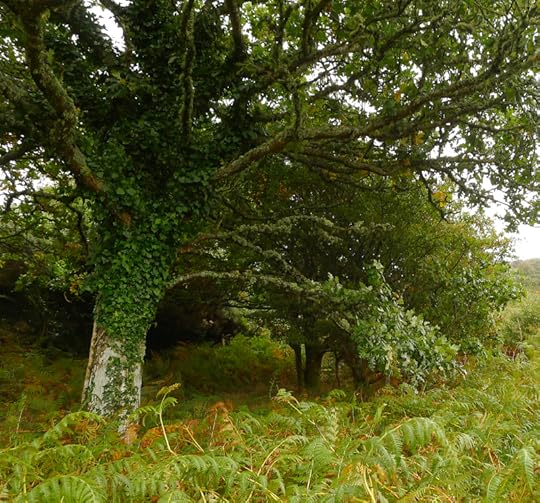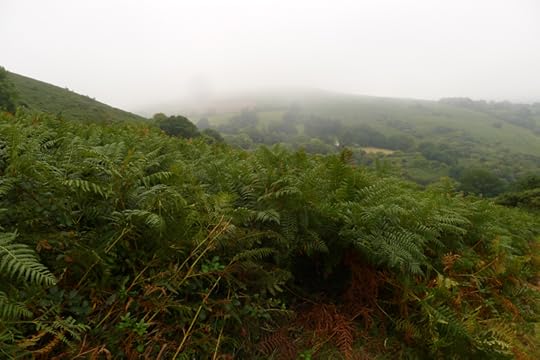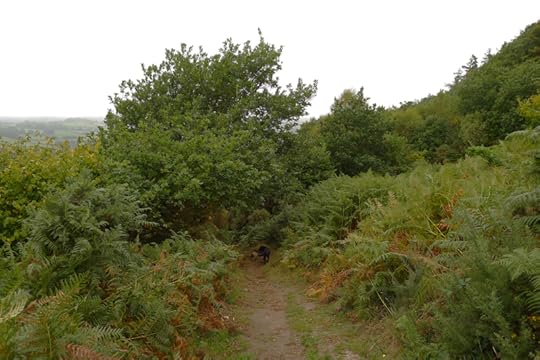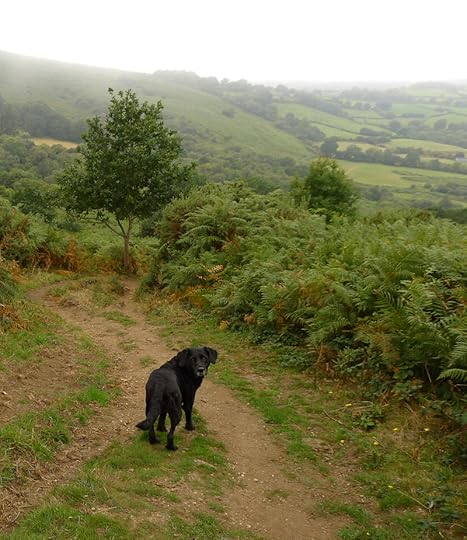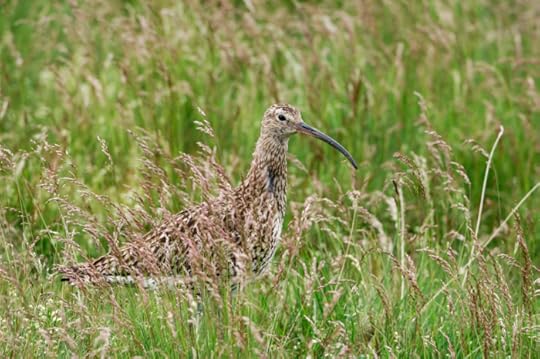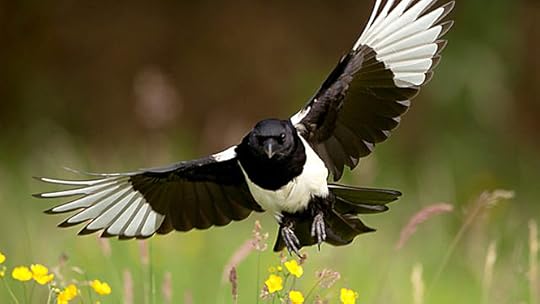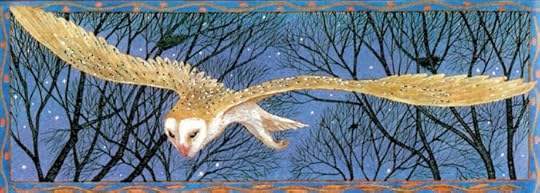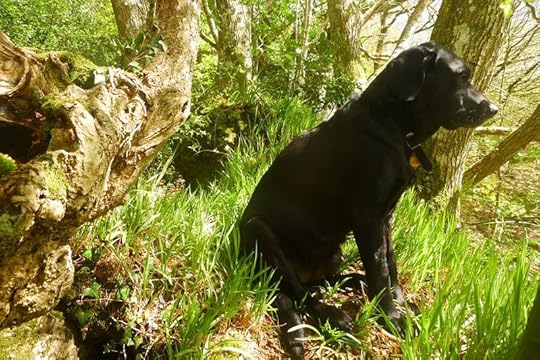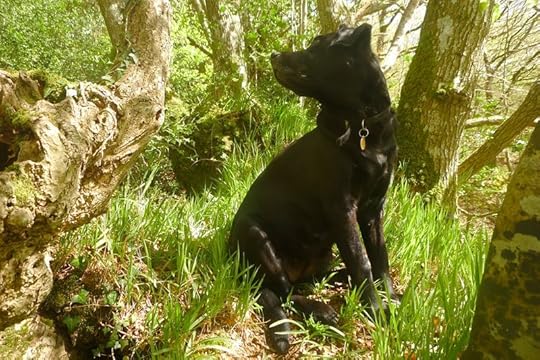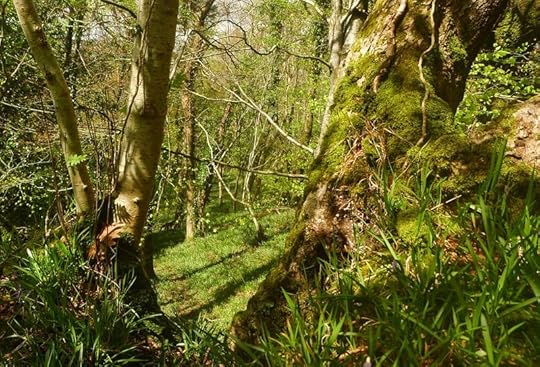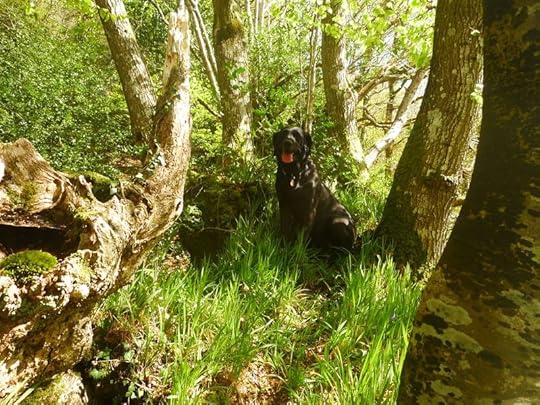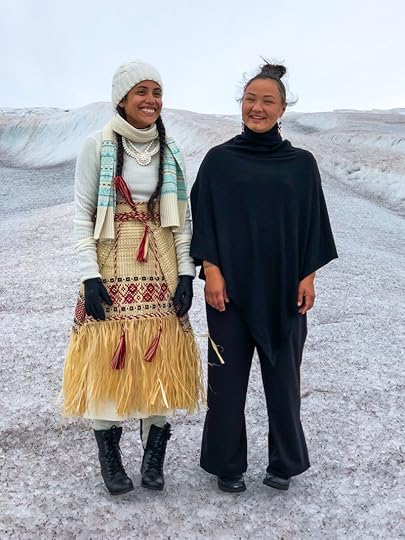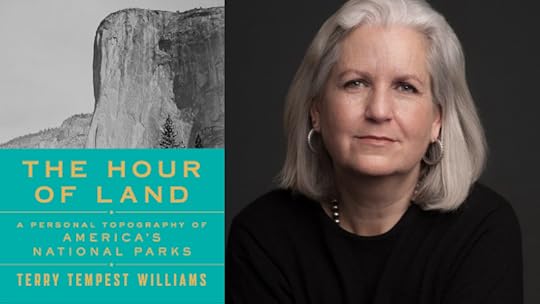Terri Windling's Blog, page 73
September 26, 2018
Fairies in Sheffield
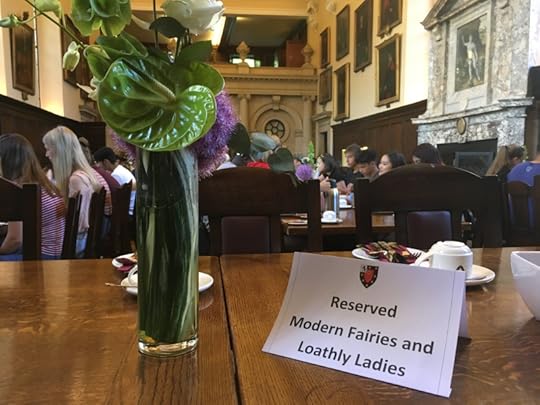
Modern Fairies (& Loathly Ladies) is a year-long project bringing folk musicians, folklorists, poets, artists, and filmmakers together to explore Britain's stories of the Twilight Realm and their meaning in modern life.
The project was created by folksinger/ musicologist Fay Hield, with folklorist and medieval literature scholar Carolyne Larrington (author of The Land of the Green Man: A Journey Through the Supernatural Landscapes of the British Isles). The rest of the team includes Patience Agbabi, Lucy Farrell, Sarah Hesketh, Jim Lockey, Ewan MacPherson, Jackie Morris, Barney Morse Brown, Ben Nicholls, Inge Thomson, Marry Waterson, and me.
In July we kicked the project off with a meeting at Oxford University (where Carolyn teaches medieval literature)...
...and this week we're at the University of Sheffield (where Fay teaches ethnomusicology). We've travelled here from all over the country -- books, pens, drawing pencils, cameras, and instruments in hand -- to see what happens when a group of artists collaborate with the notoriously tricksy Fair Folk.
If you live near Sheffield, please come to a "Fairy Gathering" on Thursday evening, September 28th, at The Spiegeltent, Barker's Pool. It's a free event, running from 5.30 to 7pm as part of Sheffield's Festival of the Mind. We'll discuss the project, present work-in-progress, and then ask you to join us in a discussion on fairies in life and art. For more information, go here.
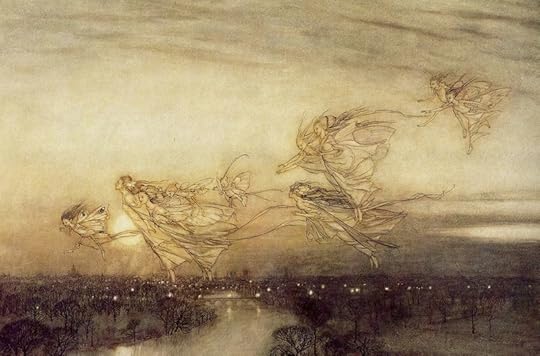
To keep up with the project over the year, and for notification of other public events, please visit the Modern Fairies website & blog, Twitter page, or Facebook page.
"The world is full of magic things, patiently waiting for our senses to grow sharper." - William Butler Yeats
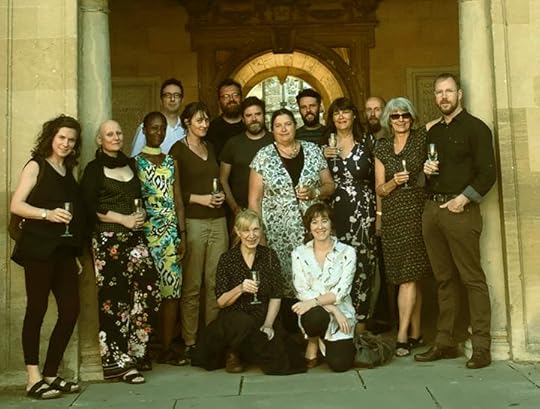
Fairy art by Arthur Rackham (1867-1939)
September 24, 2018
Storytelling: the eye and the ear
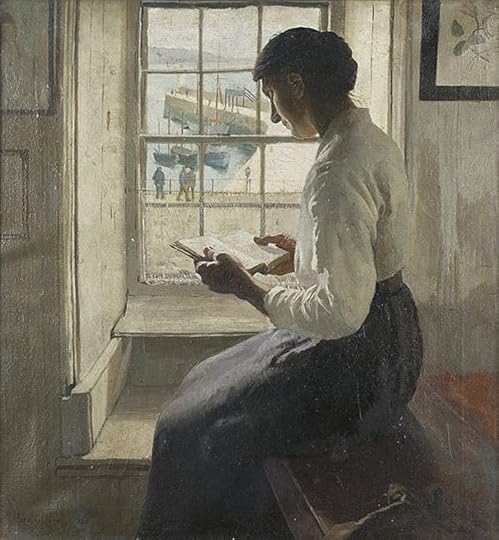
From Touch Magic: Fantasy, Faerie and Folklore in the Literature of Childhood
by Jane Yolen:
"Ancient man took in the world mainly by listening, and listening meant remembering. Thus humans both shaped and were shaped by the oral tradition. The passage of culture went from mouth to ear to mouth. The person who did not listen well, who was tone deaf to the universe, was soon dead. The finest rememberers and the most attuned listeners were valued: the poets, the storytellers, the shamans, the seers. In culture after culture, community after community, the carriers of the oral tradition were honored. For example, in ancient Ireland the ollahms, the poet-singers, were more highly thought of than the king. The king was only given importance in times of war....
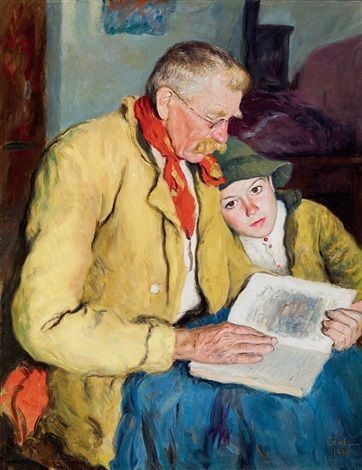 "But the eye and ear are different listeners, are difference audiences. And the literary storyteller is one who must bring eye and ear into synchronization. But it is a subtle art. Just as the art of typography has been called 'the art invisible,' subliminal in the sense that it changes or manipulates the reader's perceptions without advertising its own presence, so, too, the art of storytelling in the printed book must persuade and capitvate. It must hold the reader as the spoken tale holds the listener, turning the body to stone but not the mind or heart."
"But the eye and ear are different listeners, are difference audiences. And the literary storyteller is one who must bring eye and ear into synchronization. But it is a subtle art. Just as the art of typography has been called 'the art invisible,' subliminal in the sense that it changes or manipulates the reader's perceptions without advertising its own presence, so, too, the art of storytelling in the printed book must persuade and capitvate. It must hold the reader as the spoken tale holds the listener, turning the body to stone but not the mind or heart."
"The difficulty for me in writing," says Toni Morrison, " -- among the difficulties -- is to write language that can work quietly on a page for a reader who doesn���t hear anything. Now for that, one has to work very carefully with what is in between the words. What is not said. Which is measure, which is rhythm, and so on. So, it is what you don���t write that frequently gives what you do write its power."
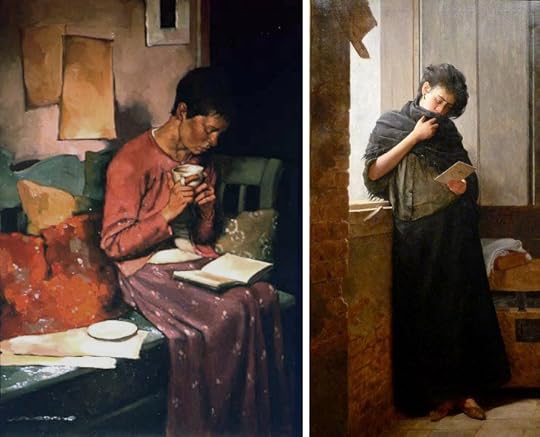
In an essay on writing Ann Patchett notes: "One method of revision that I find both loathsome and indespensible is reading my work aloud when I'm finished. There are things I can hear -- the repetition of words, a particularly flat sentence -- that I don't otherwise catch. My friend Jane Hamilton, who is a paragon of patience, has me read my novels to her once I finish. She'll lie across the sofa, eyes closed, listening, and from time to time she'll raise her hand. 'Bad metaphor,' she'll say, or 'You've already used the word inculcate.' She's never wrong."
"I've always tried out my material on my dogs first," John Steinbeck once wrote. "You know, with Angel, he sits there and listens and I get the feeling he understands everything. But with Charley, I always felt he was just waiting to get a word in edgewise. Years ago, when my red setter chewed up the manuscript of Of Mice and Men, I said at the time that the dog must have been an excellent literary critic."
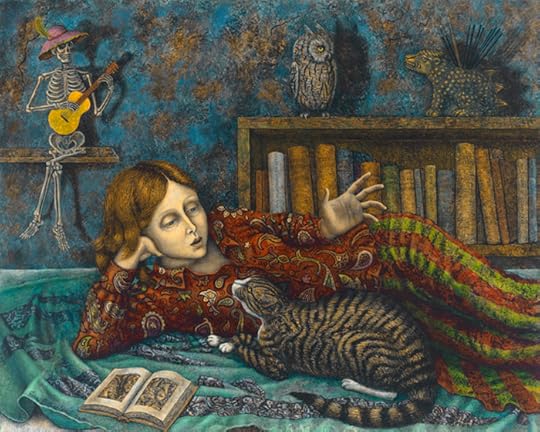
Words: The Jane Yolen passage above is from her essay collection Touch Magic (Philomel Books, 1981), which I highly recommend. The Toni Morrison quote is from "The Art of Fiction No. 134" (Paris Review, Fall 1993). The Ann Patchett quote is from "The Getaway Car, " published in her delightful essay collection This is the Story of a Happy Marriage (Harpers, 2013). The John Steinbeck quote is from The Journal of a Novel: the East of Eden Letters (Viking, 1969). Pictures: The paintings are by Harold Harvey, Oszka��r Glatz, Robert Lorusso, Jose�� Ferraz de Almeida, Fabio Hurtado, and Gina Litherland, invidually identified in the picture captions. (Run your cursor over the images to see them.)
Tunes for a Monday Morning
I'm about to head up to Sheffield for the second group meeting of the Modern Fairies & Loathly Ladies project, so let's start the week with some fairy ballads drawn from Francis James Child's masterwork: The English & Scottish Popular Ballads, published in five volumes from 1882 to 1898.
Above: "Tam Lin" (Child Ballad #39) performed by Anais Mitchell and Jefferson Hammer, from their album of Child Ballads (2013). Some UK reviews remarked on the oddness of hearing a Scottish border ballad sung in American accents, forgetting that these songs travelled across the ocean on immigrant ships and took root in North America (especially in the Appalachian region), where they are now part of the traditional songbook of America and Canada too. This version of the song omits verses explaining that Tam Lin is not a fairy (or "shade") himself, but a human knight in thrall to the Fairy Queen. For the full story, go here.
Below: an Appalachian version of "Thomas the Rhymer" (Child Ballad #37), performed by Scottish folk musician Archie Fisher. The recording is from Big Bend Killing: The Appalachian Ballad Tradition (2017).
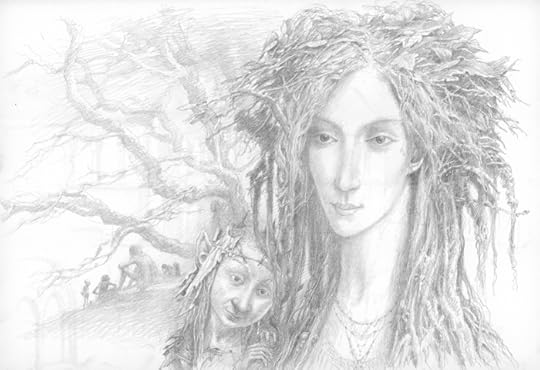
Above: "King Orfeo" (Child Ballad #19) performed by Scottish folk musician Emily Smith. The song can be found on her fine album Echoes (2104).
Below: "Twa Sisters" (Child Ballad #10) performed by English folk musician Emily Portman, from her enchanting album The Glamoury (2010). While there's not a fairy in this ballad per se, the enchanted harp at the end of the song is surely filled with fairy magic.
Above, in the Loathly Lady catagory: "King Henry" (Child Ballad #32) performed by the great British folk musician Martin Carthy. The song appeared on his classic album Sweet Wivelsfield (1974).
Below: "The Elfin Knight" (Child Ballad #2) peformed by the Celtic-Nordic group The Boann Quartet. They've released a whole album of fairy music, Old Celtic & Nordic Ballads (2012).
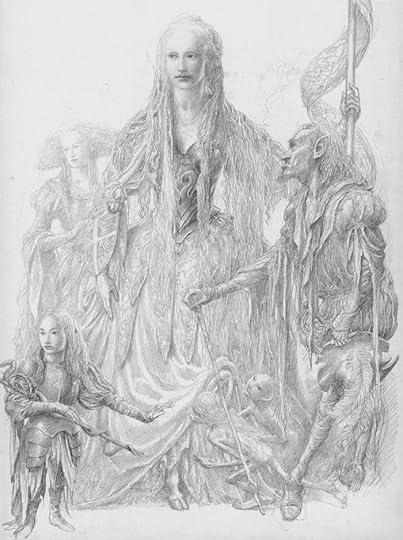
The drawings above are by my friend and neighbor Alan Lee, a man who certainly knows a thing or two about fairies. For more on fairies in legend, lore, and literature, go here. For the history of Child and his ballads, go here. And for literary interpretations of the ballads (in novel, short story, and picture book form), go here.
September 21, 2018
Reclaiming the fire and sorcery
To end the week, here's one last passage from The Mystery Feast by Ben Okri:
"In ancient Africa, in the Celtic lands, storytellers were magicians. They were initiates. They understood the underlying nature of reality, its hidden forces. The old Celtic bards could bring out welts on the body with a string of syllables. They could heal sickness with a tale. They could breathe life into a dying civilization with the magic of a story. To a thriving civilization, they could bring transformation and the potency of myth. In the old days kings and leaders, warriors and knights listened to epic tales and drew from them courage and inspiration.
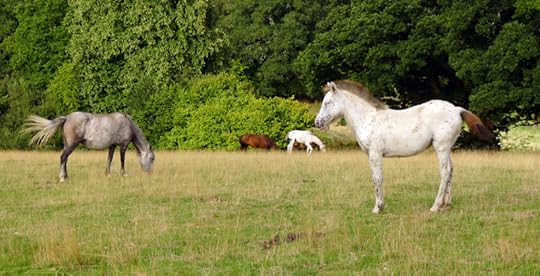
"The historian deals with the past, but the true storyteller works with the future. You can tell the strength of an age by the imaginative truth-grasping vigour of its storytellers. Stories are matrices of thought. They are patterns formed in the mind. They weave their effect on the future. To be a storyteller is to work with, to weave with, the material of time itself.
"A nation is shaped by the stories its children are told. A nation is sustained by the stories it tells itself. The good stories can liberate its potential, or help it face the dragons of its evils.
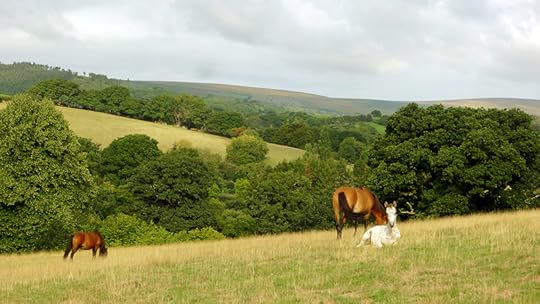
"Storytellers, reclaim the fire and sorcery of your estate. Take an interest in everything. You cannot be a magician in stories if you are not a magician in life. Go forward into the future, but also return to the secret gnosis of the bards.

"As the world gets more confused, storytellers should become more centered. What we need in our age are not more specialists and spin-doctors. What we need are people deeply rooted in the traditions of their art, but who are also at ease in the contemporary world.
"We need storytellers who weave their tales with far-seeing eyes, and multi-dimensional hearts. Not those who dabble, who turn out mere words for pay or fame.
"Storytellers are the singing conscious of the land, the unacknowledged guides.
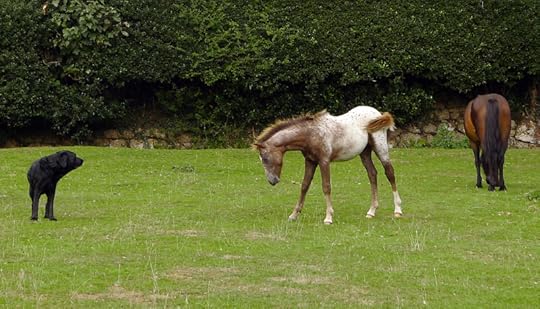
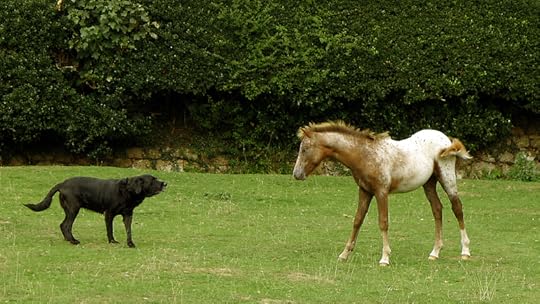
"Reclaim your power to help our age become wise again. "
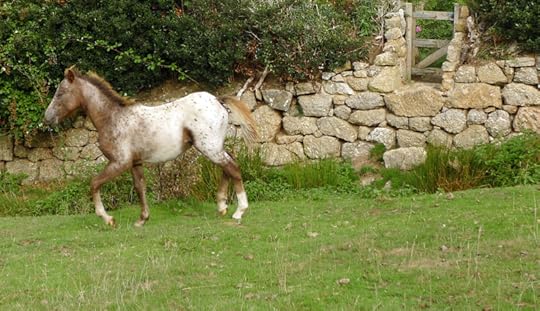
Words: The pas
sage above IS are from
The Mystery Feast: Thoughts on Storytelli
ng
by Ben Okri (Clairview Books, 2015). The quote in the picture captions is from "The Joys of Storytelling 1," published in Ways of Being Free by Ben Okri (Phoenix House, 1997). All rights reserved by the author. Pictures: Our local herd of semi-wild Darmoor ponies, grazing on O'er Hill.
September 20, 2018
On stories false and true
More thoughts on the nature of story from The Mystery Feast by Ben Okri:
"As this is a celebration of storytelling, it is important to state that stories can also be pernicious. Stories have also been used for evil. They have been used for the denigration, the demonisation, and the extermination of peoples. This is because of the psychological power of stories, their ability to fit in perfectly with our belief brain cells. It is easier to get people to believe nasty things about others if you tell nasty stories about them.
"Stories, used as negative propaganda, have fuelled wars, tribal dissentions, and genocide. False stories use the same laws as good stories, making them readily acceptable to our imagination. The true danger of stories is that they tend to bypass reason. They can bypass intelligence and go straight to the subconscious. Why else have very intelligent people in the past believed such absurd things about other races? The subliminal demonisation in stories and images is one of the roots of racism and sexism. All kinds of outsiders suffer from this cruel misuse of mental association that stories can promote.
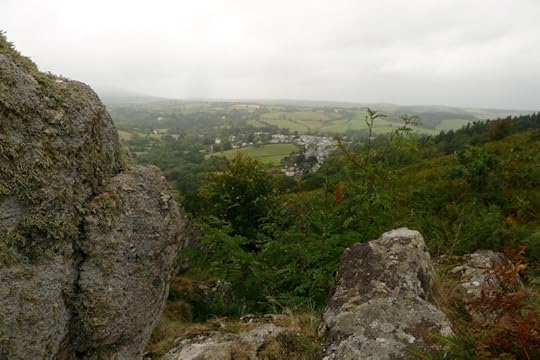
"When they want to destroy a people they begin telling stories about them. Even when negative stories about a people are not believed they still leave an imprint on the underside of the mind, a residuum of doubt, a sinister grain that in time can become an evil pus of perception. Then one day, with the insistent provocation by demagogues, a people might rise up and slaughter those who have been demonised by stories, the 'other.' The ancient Greeks did it with the Persians. The Romans with stories built Carthage into a monstrous foe which must be exterminated, and this culminated in their destruction. They did it with the Africans during the slave trade, the Jews before the Holocaust, they did it with the Tutsis, they did it with black South Africans during Apartheid, and they are doing it now to one group of people or another, and they do it through rumours in the media and with our passive collusion.
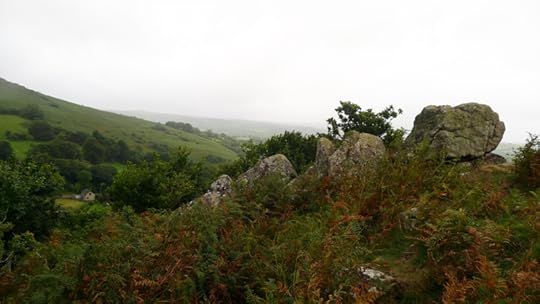
"Whenever we listed to negative stories about others we are contributing to this ongoing preparation for some unforeseen future monstrosity. Tyrants and ideologues use stories; the state uses stories when it wants to bend our inclination towards its secret programs. The Cold War was a time of toxicity of stories. Families use them to create their own myths, sometimes at the expense of other branches of the family. People use stories about their friends.
"Stories can be dangerous because they can be easily misused. The Grimm brothers made step-mothers figures of eternal suspicion. But in the original stories the Grimm brothers drew from, the people who did those terrible deeds were not the step-mothers but the mothers. The Brothers Grimm, rewriting those stories, felt they could not allow mothers to be so traduced. So they traduced step-mothers instead.
"The law of stories is immortal. Stories invariably reveal their secret truth. False stories in the end tend to evil, toward injustice, toward unfairness. Good stories tend towards clarity and transcendence.
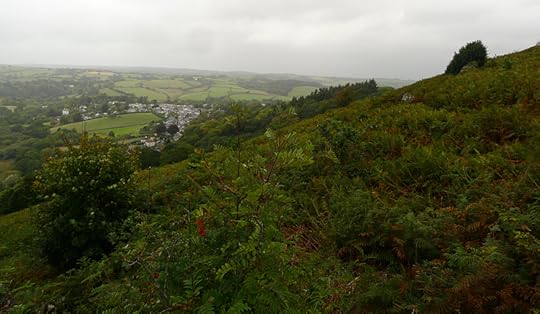
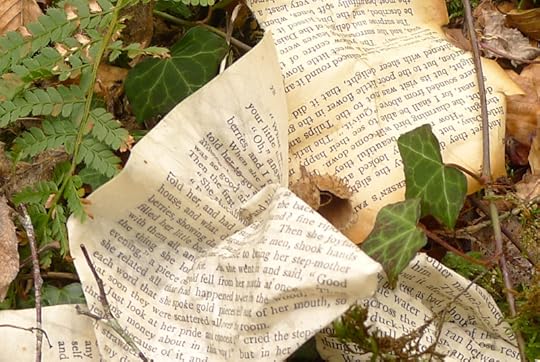
"Good stories incline towards life, towards the raising of consciousness, a lifting of the heart. They are evolutionary. For good stories point the way upwards. This is their enigma. It is not enough to read or listen to them. We must continually meditate on them to extract their timeless wisdom, their signposts meant to guide us on the secret true path."
Words: The pas
sage above and the quote in the picture captions are from
The Mystery Feast: Thoughts on Storytelli
ng
by Ben Okri (Clairview Books, 2015). All rights reserved by the author. Pictures: Climbing to the top of Nattadon Hill on misty, drizzly autumn day -- looking out on Meldon Hill, our village, farmers' fields, and the moor beyond.
September 19, 2018
Reading, telling, awakening
From The Mystery Feast by Ben Okri:
"How do we awaken the imagination? One of the ways, passed down to us with cunning simplicity by our ancestors, is storytelling. But it takes many forms. A painting on a cave wall of a man pursuing a bison is a story. The frescoes of Giotta in Assisi are distilled stories. Stories are interactions between mortality and immortality. When we tell stories some immortal part of ourselves is singing in time. When we tell stories the ages awaken. When we listen to stories our future takes clearer shape. That is because fear comes from unknowing, and stories help us know a little more. The things that the heart knows shine a greater light than the things the head knows.
"Take the story of The Odyssey, and the twenty-year adventure of trying to get home. It tells us a hundred things, and each moment of the story tells us a hundred more. Why did Odysseus answer 'Nobody' when Polyphemus asked him his name? On one level it is a cunning ruse. On another interpretative level it hints perhaps that we are someone specific and no one. In being no one he could be everybody.
"What does the story of Penelope mean? Every night she undoes the weaving she did during the day. On one level it is a cunning act of delay, worthy of the wife of Odysseus. On another interpretative level we sense that this is what life does, what sleep does every night, what death does at the end of life.
"Take the story of Cinderella. She is the one who is ignored, who does the hard work of cleaning, while the two elder sisters get to go to the ball. Yet it is her foot that the slipper fits. On one level this is a tale of wish fulfillment. On another level it could be seen as a hint of the rewards of humility. It could also be seen as a parable about those who might inherit the earth, that it is not the showy ones, the evidently beautiful ones, or the famous ones that the true riches of the kingdom come to, but perhaps those who toil unseen.
"Have you noticed that when someone does something astounding, publishes an important new novel, makes an invaluable scientific discovery, or creates an amazing new work of art, the press always says, 'they came from nowhere'? They didn't come from nowhere. They came from where Cinderella came from, toiling in the unglamorous back rooms of their chosen field, wherever life has led them."
Simplistic modern versions of Cinderella, focused on rags-to-riches wish fulfillment, miss the point of the story says Okri, the "acres of its possible interpretations."
It's because of the hero's "goodness of spirit, her kindliness, her toughness, her quiet initiative, because of all these things and more, which the tale only hints at, that Cinderella is the most deserving of the sisters. She earns her glory by her toil and her spirit, and not by the appropriate size of her feet. In this story her feet are merely the symbol of having walked the right path."
For more on the history of the Cinderella tale, see "Ashes, Blood, & the Slipper of Glass."

Pictures: A detail from "The Sorceress," "Merlin," "Odysseus," and "Penelope and the Suitors" by Alan Lee; plus five Cinderella illustrations by Yvonne Gilbert. Words: The passage above is from The Mystery Feast: Thoughts on Storytelling by Ben Okri (Clairview Books, 2015). All rifhts reserved by the artists and author.
September 17, 2018
The story instinct
From The Mystery Feast by Ben Okri:
"There is nothing that expresses the roundedness of human beings more than storytelling. Stories are the highest technology of being.
"There is in story the greatest psychology of existence, of living. Indeed there is in story something semi-divine. The nature of story itself is linked to the core of creation. Story belongs to the micro-moment after the big bang. It belongs to the micro-moment after the 'let there be light!' act of creation.
"We live in a time in which we are being told that the main things of value are the things of science and the things of technology. Our lives are being compressed into this technological reality. But it is worth remembering the many-sidedness of being human. Great evil befalls us when we restrict ourselves to just one side of our being.
"It is important that we don't become machines, that we don't become computers. We contain machines. We contain computers. We contain all of nature, the seas, the mountains, the constellations, and the nearly infinite spaces.
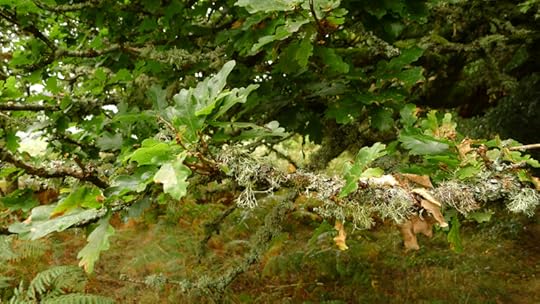
"At the heart of all science -- its experiments, its theories, its mathematics, its discoveries, its interpretations -- is the story instinct. The scientific mind would be impossible without the story DNA, without the story-seeing brain cells. The mind's aspects do not operate in isolation. Every human being immersed in the cyclorama of reality is implicated in the cosmic story-making nature of reality. Maybe this story-making quality of reality is what constitutes the heart of our existence.
"At every moment we are in a micro or macro 'once upon a time' sea of existence. In every moment we are part of the infinite sea of stories that the universe is telling us, and that we are telling the universe.
"Maybe this story-making quality of being is the principle magic as well as the principle illustion of our lives."
Words: The passage above is from The Mystery Feast: Thoughts on Storytelling by Ben Okri (Clairview Books, 2015), a lovely small press booklet which I highly recommend. The poem in the picture captions is "Why We Tell Stories" by Lisel Mueller (Poetry magazine, July 1978), who is one of my all-time favorite poets. All rights reserved by the authors. Pictures: Our hill on a misty autumn morning.
Tunes for a Monday Morning
Hudson Records has just released Northern Flyway, a brilliant new album that is perfect for lovers of folklore, myth, and Mythic Arts. Here's the description:
Humans have always looked to the birds. In mythology, they are carriers of souls, messengers to the gods, our familiars. In ecology, they are our measure, our meter, they mark the seasons���
In 2017 Jenny Sturgeon (Salt House, Jenny Sturgeon Trio) and Inge Thomson (Karine Polwart Trio, Da Fishing Hands) wrote and created Northern Flyway -- an audio-visual production exploring the ecology, folklore, symbolism and mythology of birds and birdsong. Northern Flyway premiered to a sold-out audience at The Barn (Banchory) in January 2018, and a CD of the songs was recorded at Mareel, Shetland, over four days in early February 2018.
The music draws on the extensive field recordings of birdsong expert Magnus Robb, Sturgeon��s background as a bird biologist and Thomson��s home turf of Fair Isle, Shetland. The songs combine vocal and instrumental composition, interviews, sonic experimentation and lush and varied bird song from the northern hemisphere. Themes of human and avian migration, the seasons�� cycle and humanity��s relationship with nature resonate through this multi-dimensional work. Alongside Jenny and Inge, Northern Flyway also features singer/multi-instrumentalist Sarah Hayes (Admiral Fallow, Rachel Newton Band) and vocal sculptor/beatboxer Jason Singh (Follow the Fleet, Tweet Music).
Video above: "Curlews" by Northern Flyway.
Below: "Rosefinch" by Northern Flyway, performed backstage in Mareel.
Above: "The Gannets" by Northern Flyway.
Below: "The Eagle" by Northern Flyway.
Above: "Huggin and Munnin" by Northern Flyway.
Below: Northern Flyway's Inge Thomson joins Karine Polwart and Steven Polwart on "Ophelia," from Laws of Motion -- another beautiful new release from Hudson Records. Inge is part of the Modern Fairies multi-media arts project that I'm involved in right now. All of her work is imbued with magic and a love of nature, and is thoroughly enchanting.
Related Monday Tunes posts: Music for the Birds, Karine Polwart's "A Pocket of Wind Resistance," Salt House, Hanna Tuulikki's "Away With the Birds," Sam Lee's "Singing With the Nightingales," Classical Music Inspired by Birds, Going to the Birds. Illustration by Angela Barrett.
For more information on the myths & folklore of birds, see this previous post: When Stories Take Flight.
September 14, 2018
The mystery of storytelling
"The mystery of storytelling," writes Ben Okri, "is the miracle of a single living seed which can populate whole acres of human minds. It is the multiplicity of responses which a single text can generate within the mind's unfailing capacity for wonder. Storytellers are a tiny representative of the greater creative forces. And like all artists they should create beauty as best they can, should serve truth, and remember humility, and when their work is done and finely crafted, arrowed to the deepest points in the reader's heart and mine, they should be silent, leave the stage, and let the imagination of the world give sanctuary."
"There are two essential joys in storytelling," Okri continues. "The joy of telling, which is to say of the artistic discovery. And the joy of listening, which is to say of the imaginative identification. Both joys are magical and important. The first involves exploration and suffering and love. The second involves silence and openness and thought. The first is the joy of giving. The second is the joy of receiving. My prayer is to be able to write stories that, to paraphrase T.S. Elliot, can be read so deeply that they are not read at all, but you become the story, while the story lasts. With the greatest writers, you continue to become more of the story long after you have finished it."
This post is reprinting from the Myth & Moor archives, first published in 2015. The passages quoted above and in the picture captions are from Ben Okri's "The Joys of Storytelling 1" and "The Joys of Storytelling 2" from Okri's essay collection A Way of Being Free (Phoenix House, 1977). All rights reserved by the author.
September 13, 2018
On the power of beauty
Rise: From One Island to Another is an extraordinary film project featuring two poets -- Kathy Jet��il-Kijiner from the Marshall Islands (between Hawaii and the Philippines) and Aka Nivi��na from Kalaallit Nunaat, Greenland -- using their words to link their homelands, each on the front line of climate change.
Please go here to watch this stunning little film, so rich with the beauty of the language of "sacred rage" that it makes my heart beat fast.
Then go here to learn more about the making of Rise: the ethos, the poem, and the journey.
Just yesterday I read an interview with the great American writer Terry Tempest Williams discussing the power of beauty in a changing world: grounding us, healing us, giving us the courage to keep fighting for our planet.
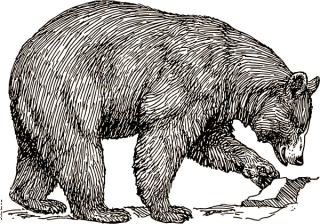 "What I love," she says, "is that, in spite of everything, beauty holds us, in whatever form we seek it. Last week, I was so depressed; I cannot believe what is happening in this country. I���ve been in the Greater Yellowstone ecosystem for the last month and the state of Wyoming is now opening permits so that if grizzly bears get outside Yellowstone National Park or Grand Teton National Park, they can be shot. We tried to organize, buy out the permits, 'shoot them with a camera, not a gun.' All this is political, right? And I thought, stop, too much noise. Too much rage. And I went into the park and drove through Willow Flats. On the edge of the Snake River, I saw the willows move. And there in the clearing emerges this immense being -- a grizzly bear. And I thought, first and foremost, above all politics, here is beauty on four legs. I just wept. My heart calmed, my eyes opened, and I found a compassion that I had lost. I went out and sat by the river, and all of a sudden there were millions of caddis flies, about the size of your little finger, a constellation dancing on the surface of the Snake River. Grizzly bears eat caddis flies, and I thought, here, now, this is beauty, this is the strategy for survival. The earth, the world, bears: on some level I truly believe they will survive us. I have to believe in those moments of beauty that take us to a place of transcendence where anything is possible. We have to hold on to that."
"What I love," she says, "is that, in spite of everything, beauty holds us, in whatever form we seek it. Last week, I was so depressed; I cannot believe what is happening in this country. I���ve been in the Greater Yellowstone ecosystem for the last month and the state of Wyoming is now opening permits so that if grizzly bears get outside Yellowstone National Park or Grand Teton National Park, they can be shot. We tried to organize, buy out the permits, 'shoot them with a camera, not a gun.' All this is political, right? And I thought, stop, too much noise. Too much rage. And I went into the park and drove through Willow Flats. On the edge of the Snake River, I saw the willows move. And there in the clearing emerges this immense being -- a grizzly bear. And I thought, first and foremost, above all politics, here is beauty on four legs. I just wept. My heart calmed, my eyes opened, and I found a compassion that I had lost. I went out and sat by the river, and all of a sudden there were millions of caddis flies, about the size of your little finger, a constellation dancing on the surface of the Snake River. Grizzly bears eat caddis flies, and I thought, here, now, this is beauty, this is the strategy for survival. The earth, the world, bears: on some level I truly believe they will survive us. I have to believe in those moments of beauty that take us to a place of transcendence where anything is possible. We have to hold on to that."
I couldn't agree more.
I highly recommend Terry Tempest William's new book, pictured above...and all of her previous work. She inspires me constantly.
Terri Windling's Blog
- Terri Windling's profile
- 708 followers


